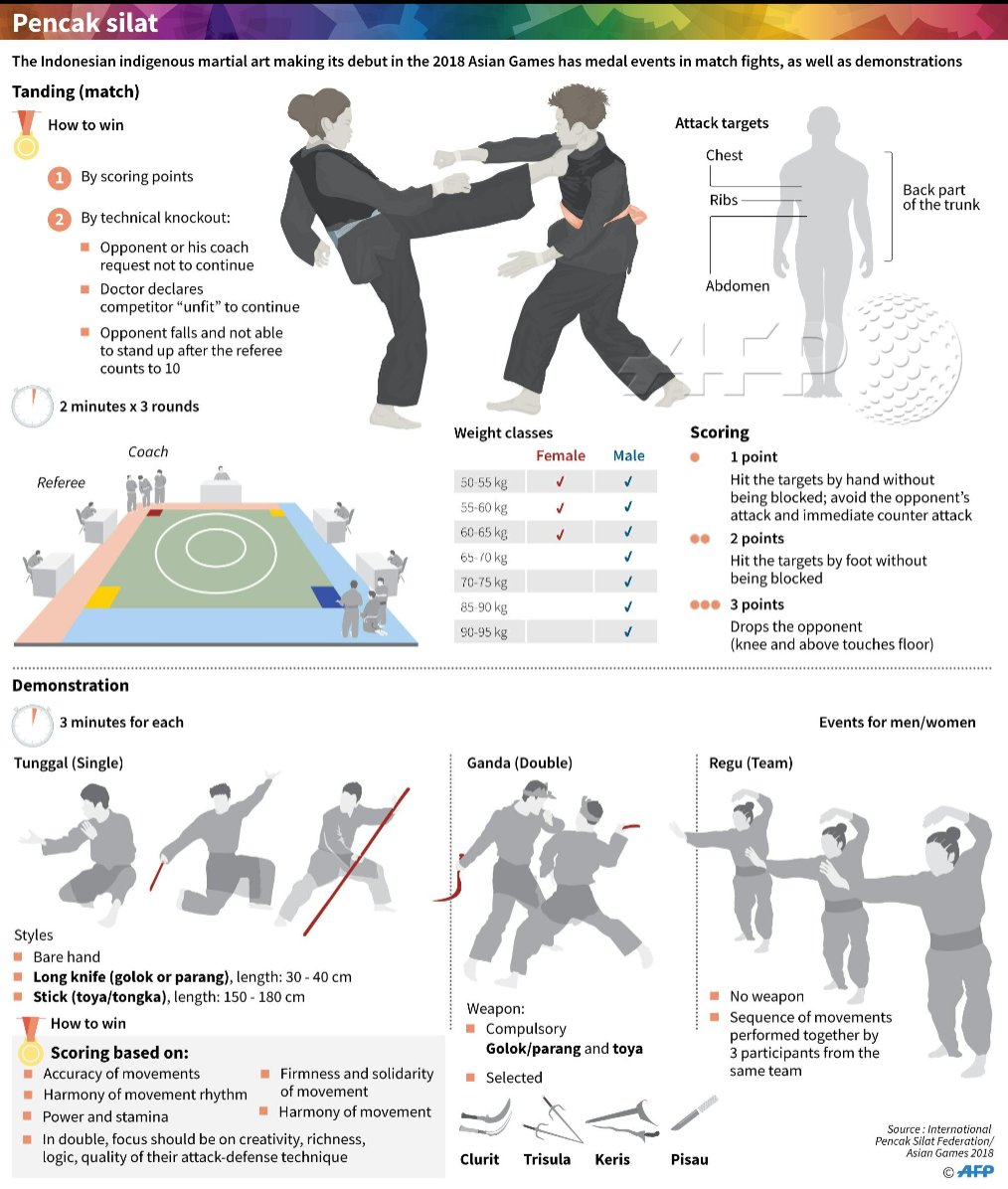Discover The Tricks Of Taekwondo's Belt Levels! From White To Black, This Overview Has Everything You Need To Recognize. Dive In Currently!
Discover The Tricks Of Taekwondo's Belt Levels! From White To Black, This Overview Has Everything You Need To Recognize. Dive In Currently!
Blog Article
Web Content Produce By-Benson Gonzalez
Did you recognize that there are an overall of 10 belt degrees in Taekwondo? From the novice's white belt to the respected black belt, each level stands for a milestone in your trip to mastery.
But what do martial arts gyms for adults near me mean? Exactly how do you progress through them?
In this discussion, we will break down the belt degrees in Taekwondo, discover their value, and uncover what it takes to rise with the ranks.
So, if you wonder to comprehend the complexities of Taekwondo's belt system and what it implies for your training, remain tuned.
The Purpose of Belt Levels
The objective of belt degrees in Taekwondo is to supply a clear and structured progression system for you to track your development and skill level. As you begin your Taekwondo trip, you start with a white belt, symbolizing your beginner condition. With each belt promotion, you acquire brand-new knowledge, techniques, and obligations.
The belt levels work as landmarks, showing your commitment, dedication, and development in the martial art. They supply a sense of success and motivation to keep pushing on your own to enhance. In addition, belt degrees help trainers and peers examine your capabilities and offer proper advice and training.
Belt Colors and Their Meanings
As you progress with the belt levels in Taekwondo, each color stands for a specific meaning and signifies your development in the fighting style.
The white belt, which is the beginning point for all newbies, symbolizes pureness and virtue.
As you move on to the yellow belt, it signifies the earth where a plant sprouts and takes root.
The green belt represents development and the advancement of your skills.
The blue belt signifies the sky, where your possibility as a Taekwondo professional is infinite.
The red belt stands for threat and care, advising you to use your skills properly.
Finally, the black belt represents mastery and expertise, indicating your journey towards coming to be a real Taekwondo master.
Each belt shade holds its own unique meaning, reflecting your progression and devotion in this old fighting style.
Advancing Through the Belt Degrees
To progress through the belt levels in Taekwondo, you have to continually show your abilities and commitment. what age should kids start martial arts what you need to understand about advancing in this fighting style:
1. ** Practice Makes Perfect **: Routine training sessions are necessary to enhance your strategy and master the required forms. filipino martial arts tattoos develops your skills, allowing you to execute with precision and speed.
2. ** Pushing Your Limitations **: Progressing via the belt degrees needs pushing on your own beyond your convenience zone. You'll be tested literally and psychologically, yet it's through these challenges that you expand and enhance.
3. ** Checking Your Expertise **: Belt tests examine your understanding of Taekwondo concepts, including sparring, protection, and damaging methods. These tests guarantee you have a detailed understanding of the art and are ready to proceed to the following level.
Verdict
As you start your journey with the belt levels in Taekwondo, remember that each shade holds a much deeper significance beyond its surface area appearance.
Much like the vivid colors of the belts, your development represents development, self-control, and determination.
As see here now progress, each belt ends up being an icon of your devotion and mastery of the art.
Welcome the challenge, press your restrictions, and allow the significance of your belt degrees influence you to end up being the most effective variation of on your own both on and off the floor covering.
